Staying Aligned: Compliance in Surgical Instrument Repair and Its Impact on Patients and Communities
By Clinical Instrument Repair Consultants (CIRC)
In healthcare, every instrument holds a story of trust, precision, and commitment to the lives that depend on safe surgical care. For hospitals and surgical centers, alignment with repair standards is not simply a regulatory requirement—it is about safeguarding patients, supporting surgical teams, and strengthening the trust between hospitals and the communities they serve.
Servicing vs. Remanufacturing: Why the Distinction Matters
The FDA’s 2024 guidance draws a clear line between servicing and remanufacturing. Servicing, the agency explains, is the repair or preventive maintenance that restores a device to its original safety and performance specifications (FDA, 2024, p. 4). Remanufacturing, by contrast, involves changes that significantly alter a device’s performance, safety, or intended use (FDA, 2024, p. 5).
That distinction is critical. Remanufacturers must operate under the full scope of FDA device manufacturing regulations. Servicers, like CIRC, ensure instruments return to their original specifications—preserving safety and reliability without altering design intent.
CIRC’s Rule: No Change to Form, Fit, or Function
At CIRC, our philosophy is simple yet powerful: we do not alter the form, fit, or function of any instrument. This commitment ensures that every repair is true servicing—not remanufacturing—and remains aligned with FDA expectations.
For our clients, this means assurance that every tray sent to the OR is restored to the highest standards of safety and performance. For patients, it means their procedures are supported by instruments they can trust. And for communities, it means fewer disruptions, stronger outcomes, and greater confidence in the care they rely on.
From Service to Planet: The Ripple Effect of Doing It Right
Every repair we complete has a ripple effect:
Clients receive reliable instruments and pass audits with confidence.
Patients experience safer surgeries with fewer cancellations or delays.
Communities gain stronger healthcare systems that protect lives and resources.
The Planet benefits from fewer discarded instruments, reduced manufacturing demand, and a smaller carbon footprint.
Servicing done right isn’t just about precision—it’s about sustainability, lowering medical waste, and supporting a healthcare system that balances people, progress, and the planet.
Why Alignment Matters for Hospitals
When surgical repair aligns with industry standards, hospitals benefit in measurable ways:
Reliable readiness: Instruments perform consistently, reducing costly case delays.
Survey and inspection confidence: Hospitals meet Joint Commission and VA standards with ease.
Trust that extends beyond the OR: Patients and families feel confident knowing their care is backed by safe, sustainable practices.
Alignment with standards is not about checking boxes—it’s about creating resilience in healthcare systems that communities depend on.
What’s Next: Leading the Future of Surgical Instrument Repair
At CIRC, we go beyond minimum expectations. We are shaping the future of surgical repair by:
Embedding sustainability metrics into every repair cycle.
Using AI-driven analytics to predict maintenance needs and extend instrument lifecycles.
Partnering with hospitals to integrate safety-first repair strategies into broader community health goals.
This forward-looking approach sets us apart: we don’t just fix instruments—we strengthen entire healthcare systems while advancing environmental responsibility.
Final Analysis
For CIRC, alignment with regulatory expectations is more than compliance—it is a commitment. By standing firm on our “form, fit, function” rule, reducing waste, and building trust across every level of care, we deliver more than technical repairs.
We safeguard patients. We support surgical teams. We protect communities. And we reduce the footprint healthcare leaves on the planet.
That is why at CIRC, repair is never just repair—it is progress.
References
U.S. Food and Drug Administration. (2024). Remanufacturing of medical devices: Guidance for industry, entities that perform servicing or remanufacturing, and FDA staff (pp. 4–5) [PDF]. U.S. Department of Health and Human Services. https://www.fda.gov/media/150141/download

